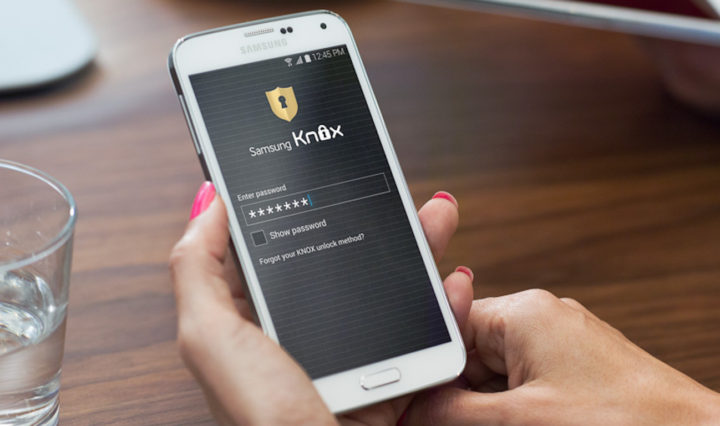Businesses around the world understand the importance of customer experience. From Amazon to Uber, many of the world’s most successful organizations use customer experience tools to deliver outstanding service that amazes their users and increases their value. Government agencies may not be driven by profit, but applying private sector lessons about customer experience can improve constituent satisfaction and increase efficiency. This is particularly true when it comes to mobile applications, where users expect intuitive design.
The U.S. Digital Service (USDS) recognized this need. In the Digital Services Playbook, the USDS says that government technology must “address the whole experience, from start to finish.” The playbook goes on to state, “We need to understand the different ways people will interact with our services, including the actions they take online, through a mobile application, on a phone, or in person. Every encounter — whether it’s online or offline — should move the user closer towards their goal.”
Customer experience tools, including journey mapping, nudges and market segmentation can help the government address challenges using lessons learned in the private sector.
Journey Mapping
Journey mapping is the most widely used customer experience tool. This technique puts an agency in the shoes of its constituents and follows them through their journey with the agency. In the case of a mobile application, a journey map would include the entire process, beginning when a citizen recognizes the need to interact with an agency and ending when their business is complete.
For example, consider a consumer seeking food safety information. A journey mapping approach to this scenario would begin at the point when a consumer recognizes that they have a question about food safety. Instead of immediately contacting the U.S. Department of Agriculture (USDA), a consumer is more likely to search the web or an app store to find an app that can answer their question and address their future needs. There, they might encounter the Ask Karen mobile app, download it and type in their question. If the app contains the answer to their question, the journey is complete. If the question isn’t immediately answered, the app might route the consumer to a live agent who can answer the question, completing the journey.
Building a journey map provides agencies with a new way to evaluate how constituents interact with them through mobile applications. They shift the focus from an agency-centered approach, such as “How does the Department of Agriculture answer consumer questions?” to a customer-centered approach, such as “How do we bring consumers to the Department of Agriculture as a trusted source of information?”
Managing mobile security is key.
Read this white paper to learn how to develop a mobility management plan for government. Download Now
Nudges
Nudges are small social cues that drive individuals to behave in a certain way by providing them with psychological rewards when they behave as desired. The small red number icons that appear on mobile applications indicating the presence of new information are a great example of a nudge that drive user engagement with the application. In Rx CX: Customer experience as a prescription for improving government performance, Deloitte points out that effective nudges share four characteristics:
- Easy – They require little work from the end user, such as using a simple “Buy” button in a mobile app.
- Attractive – They draw our attention by using bright colors, sounds or other noticeable features to indicate mobile activity.
- Social – They leverage our peer connections, such as comparing our behavior to that of other citizens.
- Timely – They’re delivered at the moment when the behavior matters, triggering an immediate response, such as providing a mobile alert that estimated taxes are due.
Government agencies draw upon the lessons of behavioral economics to drive responsible behavior from citizens. For example, in 2013 the United Kingdom began using timely text messages to remind citizens of outstanding court fines before they went to collection, improving the recovery rate significantly.
Market Segmentation
Market segmentation acknowledges that every consumer is not alike, and government agencies that serve constituents well develop differing approaches for differing groups. When developing mobile applications, agencies should consider the types of users that will interact with their service and develop approaches that serve these needs in the best way possible.
For example, USDA employees responsible for the Ask Karen app might determine that they serve two very different audiences: home cooks with simple questions and teachers developing curricula. The app might serve these segments differently by first asking users which role best describes them and then presenting role-specific information.
Incorporating customer experience tools in the mobile design process can yield significantly improved outcomes. Samsung application support services can help get the process started.








